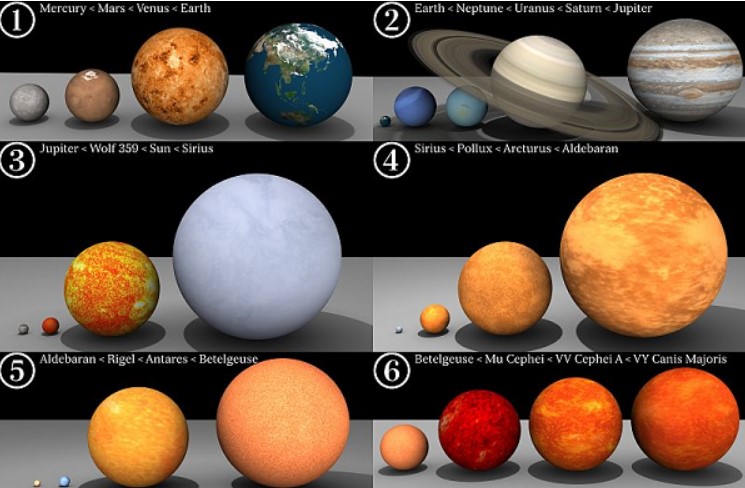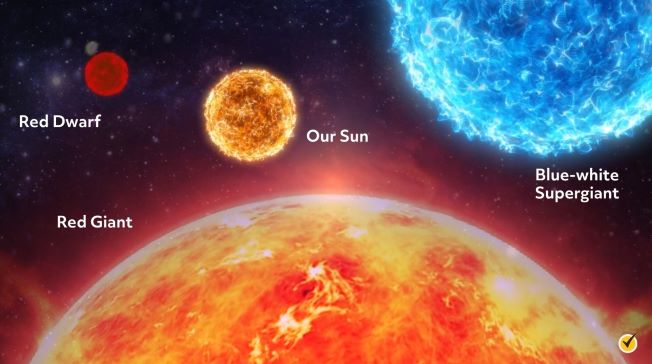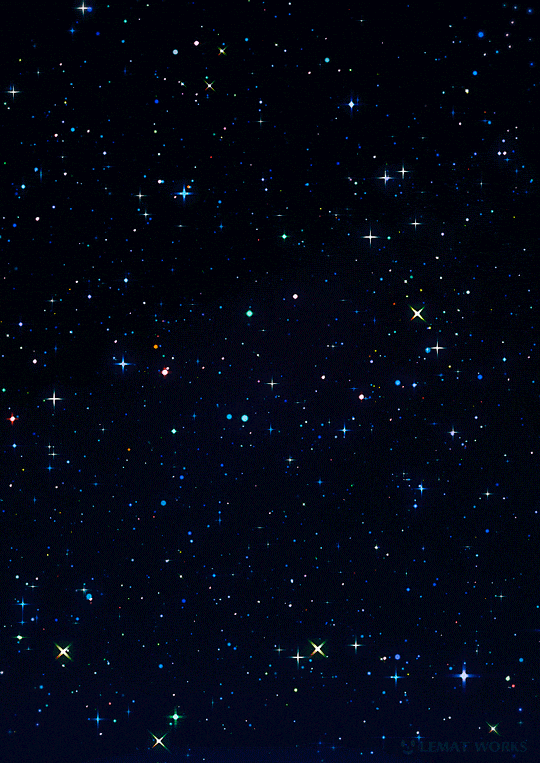Supergiants and Hypergiants: BIggest Stars in universe

The universe is an awe-inspiring expanse that has captivated humanity since the dawn of time. Spanning approximately 93 billion light-years in diameter, it contains an estimated two trillion galaxies, each with billions of stars. Our home, the Milky Way, is just one among this cosmic ocean, a barred spiral galaxy containing our solar system.
Modern astronomy continues to reveal the universe's secrets, from the mysterious dark matter that shapes galactic structures to the enigmatic black holes that warp spacetime itself. The Hubble Space Telescope and its successor, the James Webb Space Telescope, have provided breathtaking images of distant galaxies, nebulae, and other celestial phenomena, allowing us to peer deeper into space - and further back in time - than ever before.
Space exploration represents humanity's most ambitious endeavor. From the first satellite, Sputnik, to the International Space Station and missions to Mars, we continue to push the boundaries of what's possible. Private space companies are now joining national space agencies in the quest to make space more accessible, with ambitious plans for lunar bases and eventual manned missions to Mars.
As we stand on the threshold of a new era of space discovery, we're reminded that the universe still holds countless mysteries waiting to be uncovered. Each new observation, each mission, brings us closer to understanding our place in this vast cosmic arena.
The Big Bang: A Fiery Beginning
Around 13.8 billion years ago, the universe began with a singular, explosive event known as the Big Bang. This monumental release of energy initiated the rapid expansion of space, giving rise to time, matter, and the very fabric of the cosmos.
Moments After Creation
In the first few minutes, protons and neutrons began forming simple nuclei in a process called Big Bang nucleosynthesis. The universe was a hot, dense plasma of particles, eventually cooling enough for atoms—primarily hydrogen and helium—to form.

The Biggest Stars in the Universe: Supergiants and Hypergiants
The largest stars known to exist are classified as supergiants and hypergiants. These stars are not only massive in terms of size but also shine with incredible luminosity. Supergiants like Betelgeuse and Antares can be hundreds of times larger than our Sun, while hypergiants such as VY Canis Majoris push the limits of stellar size, stretching over a thousand times the Sun's diameter.
These colossal stars live fast and die young, burning through their nuclear fuel quickly before ending their lives in spectacular supernova explosions. Their powerful presence shapes galaxies, seeds space with heavy elements, and influences the formation of new stars and planets.
Features of Supergiants & Hypergiants
- Massive: Up to hundreds of times more massive than the Sun
- Extremely luminous: Millions of times brighter than the Sun
- Short-lived: Lifespans of just a few million years
- Precursors to supernovae, neutron stars, or black holes
- Rich in heavy elements created through stellar fusion

How Are Supergiants and Hypergiants Made?
These stellar giants begin their lives in dense regions of interstellar gas called nebulae. When enough mass accumulates, gravity compresses the gas until nuclear fusion ignites in the core. If the protostar has sufficient mass—typically over 10 times the Sun’s mass—it becomes a supergiant or, in extreme cases, a hypergiant. These stars burn hotter and faster than smaller stars, rapidly fusing hydrogen into helium and other heavier elements.
Biggest Known Stars in the Universe
| Star Name | Type | Estimated Diameter (Sun = 1) | Constellation |
|---|---|---|---|
| UY Scuti | Red Hypergiant | 1,700 × Sun | Scutum |
| VY Canis Majoris | Red Hypergiant | 1,420 × Sun | Canis Major |
| Betelgeuse | Red Supergiant | 950 × Sun | Orion |
| Antares | Red Supergiant | 680 × Sun | Scorpius |
| RW Cephei | Yellow Hypergiant | 1,535 × Sun | Cepheus |

From Darkness to Light
For hundreds of thousands of years, the universe remained dark. Then came the epoch of recombination, when electrons joined with nuclei, making the universe transparent. Light from this time, the cosmic microwave background (CMB), still echoes through space today.
Birth of the First Stars
As matter clumped under gravity, the first stars—called Population III stars—ignited. These massive, short-lived stars seeded the cosmos with heavier elements through supernovae, laying the foundation for planets and life as we know it.
Galaxies and Cosmic Structure
Over billions of years, stars gathered into galaxies. Galaxies formed clusters and superclusters, shaped by dark matter and dark energy. The cosmos we see today—filled with spiraling galaxies and vast voids—is the result of this ongoing evolution.
The Story Continues
The universe is still expanding. New stars continue to form, though at a slower rate. Scientists explore these cosmic origins through powerful telescopes and particle experiments, seeking to understand how everything began—and what might come next.
Frequently Asked Questions (FAQ)
A: No, galaxies are made of billions of stars. However, hypergiants are among the largest single objects in the universe outside of black holes.
A: It often ends in a massive supernova, potentially leaving behind a black hole or neutron star.
A: Many of them are located thousands of light-years away and may be obscured by interstellar dust.
